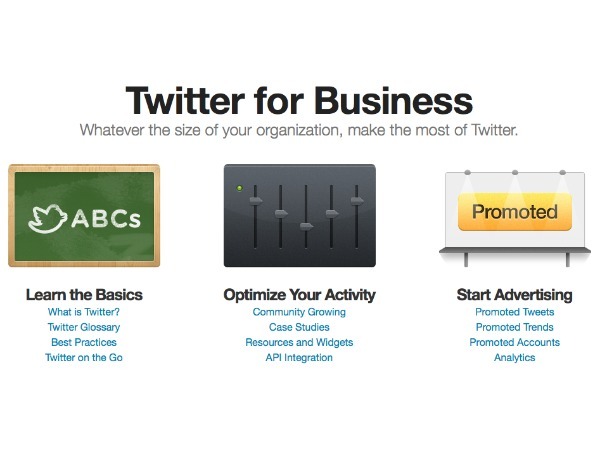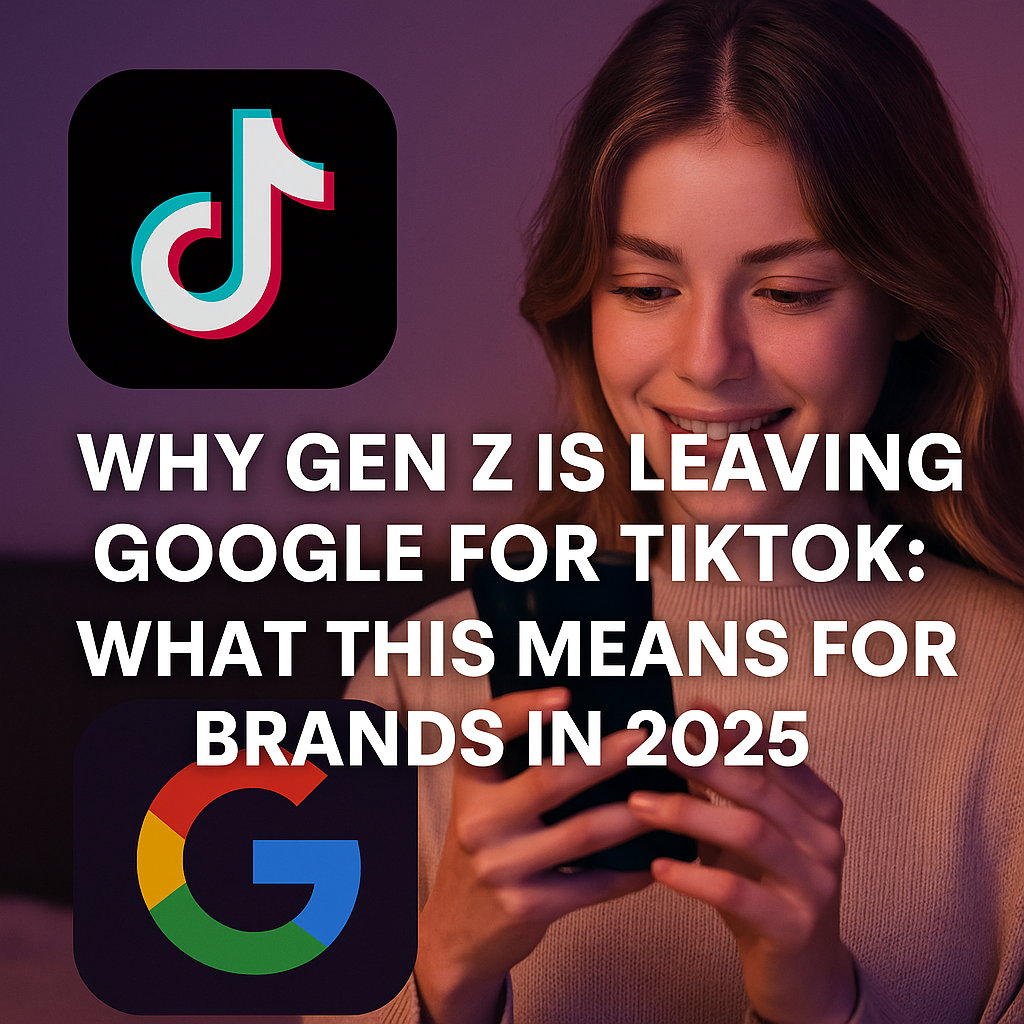
Many of the top stories published in the past day of Twitter raising $200 million at a $3.7 billion valuation from Kleiner Perkins Caufield & Byers seem to have one sub-headline in common: “but where’s the business model?” Why is Twitter getting a $200 million check, nearly as much as the total amount of Kleiner’s sFund for the Facebook platform alone, when the San Francisco startup has yet to show that it can turn a profit?
Well then, what better time for Twitter to prove it means business.
On the same day that Twitter announced its new gigantic funding round, the company launched a revamped version of its resource called Twitter for Business, the one stop hub for information on how to use Twitter for your business.
“We’ve seen tremendous growth in the creative ways businesses and organizations are leveraging Twitter, and we want to make sure you have access to their great ideas,” writes Carolyn Penner at Twitter Communications. “We’ll continue to update the site with fresh use cases, tips, tools, and resources.”
 The site has three sections. The first, “Learn the Basics,” touches only on the most rudimentary facts about Twitter and how it’s used (watch your back, Grovo). For example, did you know that Twitter is a self-described information network, not a social site like so many tend to think? From the very first page of the site, the company lays down its vision of what it can offer companies:
The site has three sections. The first, “Learn the Basics,” touches only on the most rudimentary facts about Twitter and how it’s used (watch your back, Grovo). For example, did you know that Twitter is a self-described information network, not a social site like so many tend to think? From the very first page of the site, the company lays down its vision of what it can offer companies:
As a business, you can use Twitter to quickly share information, gather market intelligence and insights, and build relationships with people who care about your company. Often, there is already a conversation about your business happening on Twitter.
The basic section also includes a glossary on basic Twitter terms (retweet, hashtag, etc.), a list of best practices for businesses on the site and the significance of mobile to the site as a whole.
From there on, the site gets into the nitty gritty, highlighting four company case studies (Best Buy, Etsy, JetBlue and Moxie) in detail as well as introducing the almost infinite extensions of Twitter via widgets and the open API.
In the last section, Twitter shifts its focus to the company’s latest favorite form of income–advertising via Promoted Products. We’ve covered the suite, which includes Promoted Tweets, Trends and Accounts, extensively before because, though still experimental, it seems like a creative approach to advertising on a site that seemed to have no hope for revenue. While company executives only speak about Promoted Products in a positive light, the suite has not yet proven itself definitively.
And that, in the end, is the entire point of Twitter for Business. No one–not businesses nor Twitter–know quite exactly how to harness the information network to best market a brand. But everyone knows it’s important. It will be interesting to see how the business hub, and business on Twitter in general, evolves.



















